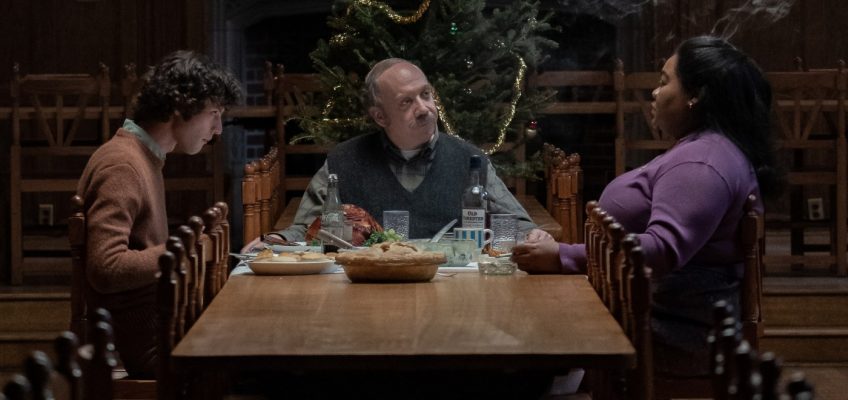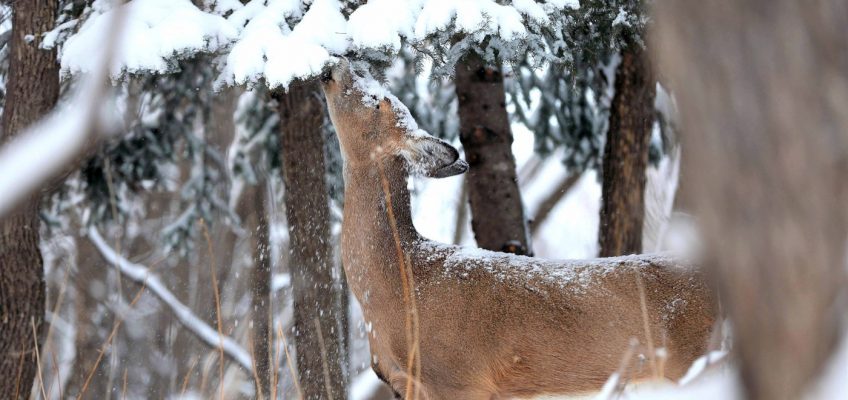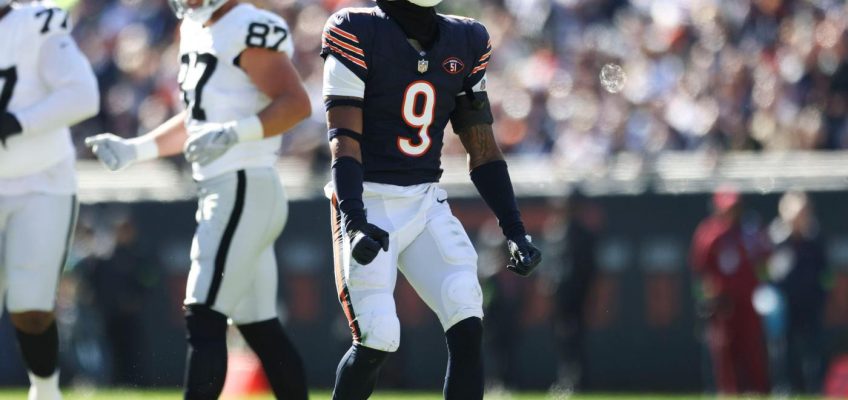There’s a double-layered sense of self-reflective nostalgia baked into Alexander Payne’s misfit holiday movie “The Holdovers.” Set in 1970, there’s nostalgia for the time period, which is textured and rendered with care and conviction on-screen. But the film itself, a warm, spicy brew of humor, poignancy and irascible charm, also inspires the odd desire to be rewatching it while you’re watching it, a kind of nostalgia for the present moment. That funny feeling is reflected in the plot too, in which a trio of near strangers form an unlikely but indelible bond over Christmas break at a Massachusetts boarding school.
“The Holdovers” crackles and pops with film grain, like a roaring fire might. Right away, Payne places us in a vintage setting, with 1970s-style production logos aiding his time travel mission, allowing us to settle into the era, like sinking into a brocade sofa with a few fingers of Canadian Club in a coffee cup.
There is a certain warmth to “The Holdovers,” though the environs are chilly. We find ourselves on the snowy campus of Barton, a tony all-boys private school, over the holidays, where the administration has shut off the heat, leaving the few stragglers with nowhere to go to bunk in the infirmary. There is also a warmth to the sentiment of “The Holdovers,” though the characters are irascible and cranky, none-to-pleased to be stuck there.
In the witty and wondrous script by David Hemingson, our players are Mr. Hunham (Paul Giamatti) an ancient civilizations teacher known as “Walleye” for well, his walleye, and reviled for his gleefully sadistic grading and creative insults. He’s been tricked by another teacher into supervising the holdovers, but he doesn’t have much else to do or anywhere else to be anyway. The group of boys includes the brilliant but troublesome Angus Tully (Dominic Sessa); their meals are provided by Mary (Da’Vine Joy Randolph), the cafeteria manager who is grieving the loss of her only son who died in Vietnam. There are a few other students around, but they are soon dispatched in a helicopter for skiing at Haystack, and our unlikely trio ultimately embark on a surprising emotional journey in which they learn and grow from each other in their own gruffly sentimental ways.
Payne shows us these characters within Barton first and then expands our understanding of who they are, outside of Barton. There are a few other folks around, Danny (Naheem Garcia), the custodian who has a friendship with Mary, and Lydia (Carrie Preston), a charming administrative assistant who takes them in for Christmas Eve, but the focus is on these three, because they are all profoundly lonely people grieving someone, or something: a child, a family, one’s own potential, lives dashed out before they even got started.
That desire to preserve some shred of possibility is what rallies Mr. Hunham and Mary to Angus’ cause. He’s rebellious and a jerk, but he’s brilliant, and has the capacity to change and grow. And in believing in his future, they liberate themselves from their own emotional prisons, moving forward in their lives where they’ve been stuck grinding their gears.
Payne affords this story the time and patience that it deserves, as Hemingson’s script slowly peels back the layers of character, pushing past their walls, guarded by sharp barbs, to reveal their sorrow, and their joy. This isn’t a story of found family that stays together, but merely a snapshot of a moment in time, in which an unexpected experience with other people leads to growth and change, even if it’s just learning to be decent to one another.
This funny, sad, poignant, sharp-edged character piece is a grouch with a heart of gold, with emotions that are deeply felt and utterly earned, embodied by three unforgettable performances. Giamatti and Payne have been a match made in grumpy heaven since “Sideways,” and Sessa, in his first film role, holds the screen in a challenging part opposite two titans. But it’s Randolph who is divine, holding the fragile Mary together with a sense of inner strength and a sliver of hope.
Payne and cinematographer Eigil Bryld weave a period-specific spell using vintage lenses on digital cameras, layering the grain in postproduction, while the production design by Ryan Warren Smith is note perfect, down to the haze of cigarette smoke. Choral renditions of Christmas carols and ‘70s folk favorites lend themselves to the time and the season. “The Holdovers” is an instant addition to the holiday movie canon, and it’s not hard to let it wiggle its way into your heart, providing an especially potent tonic for feeling sad, lonely or out-of-sorts around the holiday time.
‘The Holdovers’
4 stars (out of 4)
MPA rating: R (for language, some drug use and brief sexual material)
Running time: 2:13
How to watch: In theaters Friday
Related Articles
What’s 12 feet tall, dead and taking the country by storm? A coveted skeleton, of corpse
For Native viewers, ‘Killers of the Flower Moon’ is an imperfect triumph
‘Pain Hustlers’ review: Emily Blunt helps lift slight drug-scandal drama
Grim reaper galette is a spooky stunner for your Halloween table
Last KISS: Saying farewell to band with a look back at its biggest moments




